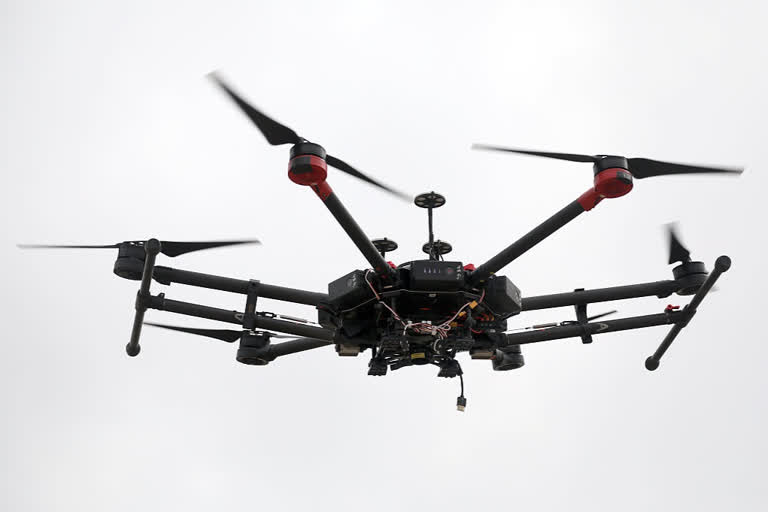Hyderabad: Air superiority is considered to be one of the first battlefield objectives to achieve when it comes to modern-day warfare. The British airforce not only defended the realm of His Majesty during the 'Battle of Britain' but also ensured that in the invasion of Europe by the Allied armies, their airforce dominated the skies over Europe.
It became the paradigm for modern warfare and the race to technologically develop better, faster, stealthy fighter planes have now resulted in some of the finest cutting edge technology machines taking to the skies like the American 5th generation F 22, F 35 and the Russian Sukhoi 57. Now, these nations are all in pursuit of 6th generation fighter planes, specifics of which are still being evolved.
However, the world just witnessed another paradigm change when it comes to the use of air-power on the battlefield. In the battle between Armenia and Azerbaijan over the Nagorno-Karabakh region, Armenia's major defence assets were nullified with Drone strikes to the point that Armenia had to call it a day and Russia had to mediate a peace treaty on its behalf.
The drones from Israel and Turkey had done its trick of nullifying Armenia's offensive weaponry. Drones seem to be tilting the balance of power in the sky as it has in many ways nullified the need for a manned aircraft to strike a target on the battlefield. Cheap armed drones give militarily inferior nations the chance to strike their enemy from the sky. Another tactic to be put into the lessons of asymmetric warfare.
India has just approved the purchase of 83 LCA Tejas aircraft for its airforce that is seeing a dwindling squadron strength. With its enemies perched at the LoC and LAC, India needs to invest heavily not only in its air-force for foreign and indigenous aircraft, but also to have a fleet of armed drones.
Also read: Army Day parade shows off drone capabilities
Developing unmanned aerial vehicle (UAV) technology should be the top priority for the defence establishment as it also gives the country the option of a second armed air component. China has a well developed and integrated drone force and Pakistan has been closely associated with Turkey on the drone technology. India's DRDO driven Rustom 1 and 2, and Ghatak have not reached the desired stage where it can be tested on the battlefront.
However, a recent demonstration of the Indian Army's swarm drone capability suggests that though a little late, the country is focussed when it comes to developing this battlefield disruptor technology.
If drones are the sword, the next big thing will be to make the shield to defend against these drones. Defence against armed drones is still in the conventional realm with anti-aircraft weapons being used for defending against it. It is not an option India should be looking at, the anti-aircraft measures can only be an ad-hoc measure of defence if faced with an overwhelming situation. India should simultaneously develop its defence technology against drones along with its unmanned aircraft technology. It requires a potent system of radars and also weapons that use microwaves. At the end of the day you need advanced electronic circuits to control the drone and this can be fried. Many nations have such technologies that have been demonstrated as a probable defence against ballistic missiles.
India's defence challenges are huge and the only way to meet them is to ensure that the country's military-industrial complex is delivering the weapons of the future rather than mastering the weapons of the past.



